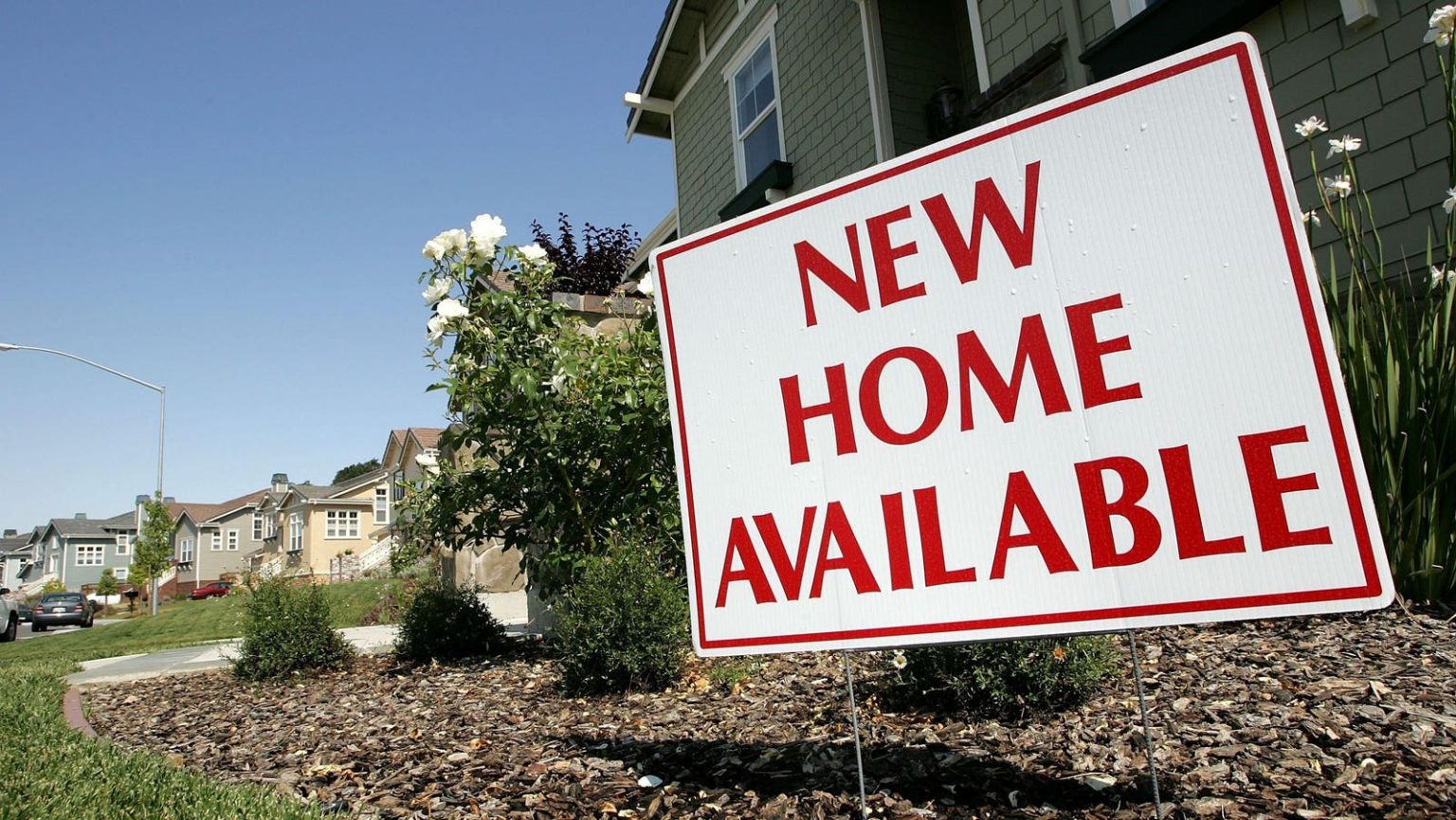Despite the increase in mortgage rates, the housing market in the United States saw a surge in home prices in February, reaching a new record high. Data from the S&P Case-Shiller Home Price Index showed that home prices increased by 6.4% compared to the previous year, marking the fastest growth rate since November 2022. This rise is attributed to strong demand and limited housing supply, which have been persistent factors in the market.
In major cities, the increase in home prices was even more pronounced, with prices in 10 major cities growing by 8% year-over-year and prices in 20 major cities rising by 7.3%. San Diego continued to report the highest price hike at 11.4%, followed by Chicago and Detroit at 8.9%. Conversely, Portland recorded the slowest annual increase at 2.2%. All cities included in the index reported annual price increases, with cities like San Diego, Los Angeles, Washington D.C., and New York hitting all-time highs.
Despite economic uncertainty, including the potential for Federal Reserve rate cuts and lower mortgage rates, the enthusiasm among buyers has remained strong, supporting the upward trend in home prices. Brian Luke, the head of commodities, real, and digital assets at S&P Dow Jones Indices, noted that the housing market continues to face challenges due to limited supply and high demand, leading to elevated prices.
In recent years, large metropolitan regions in the Northeast, such as Boston, New York, and Washington D.C., have been the best performing markets due to the return to office trends. However, smaller and sunnier markets thrived in the early 2020s as remote work became more popular. These shifting trends in the housing market indicate the impact of external factors on home prices and demand.
Even as mortgage rates have risen to their highest level since November, demand for housing remains strong, further driving up home values. Redfin’s recent report noted a 10.2% increase in new listings compared to the previous year, but rising mortgage rates may slow down this growth as homeowners may choose to keep their existing low-rate mortgages instead of moving to new homes with higher rates. The overall housing costs are expected to remain elevated for the foreseeable future, as low inventory and high demand continue to push prices upwards.













